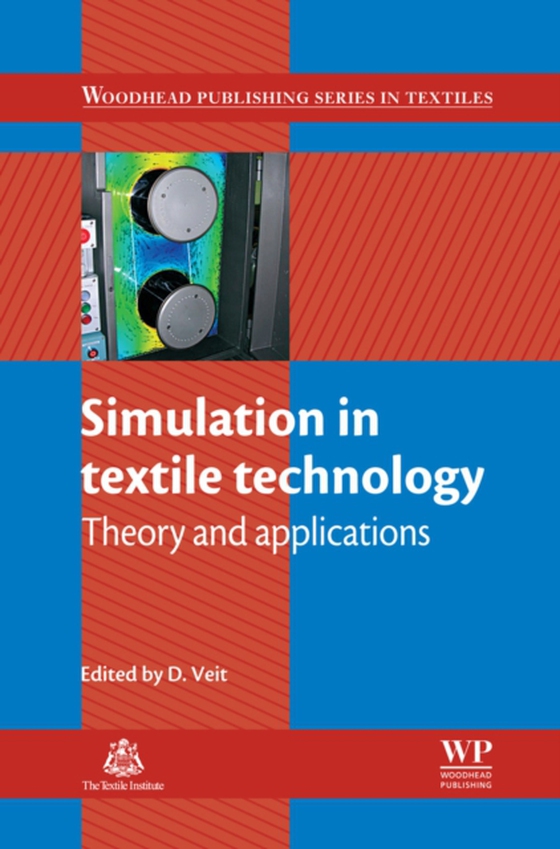
Simulation in Textile Technology e-bog
1733,61 DKK
(ekskl. moms 1386,89 DKK)
The use of mathematical modelling and computer simulation can vastly improve the quality, efficiency and economic success of textile technology. Simulation in textile technology provides a comprehensive review of the key principles, applications and benefits of modelling for textile production.After an introduction to modelling and simulation, Simulation in textile technology goes on to review ...
E-bog
1733,61 DKK
Forlag
Woodhead Publishing
Udgivet
11 juni 2012
Længde
384 sider
Genrer
TDPF
Sprog
English
Format
pdf
Beskyttelse
LCP
ISBN
9780857097088
The use of mathematical modelling and computer simulation can vastly improve the quality, efficiency and economic success of textile technology. Simulation in textile technology provides a comprehensive review of the key principles, applications and benefits of modelling for textile production.After an introduction to modelling and simulation, Simulation in textile technology goes on to review the principles and applications of the main types of model. The book first discusses neural networks and their applications before going on to explore evolutionary methods and fuzzy logic. It then considers computational fluid dynamics and finite element modelling. The modelling of fibrous structures and yarns are considered in the following chapters, along with wound packages, woven, braided and knitted structures. The book concludes by reviewing the simulation of textile processes and machinery.With its distinguished editor and team of expert contributors, Simulation in textile technology is a valuable reference tool for all those involved in both developing models of textile processes and those applying them to improve process efficiency and product quality.Provides a comprehensive review of the key principles, applications and benefits of modelling for textile productionDiscusses neural networks and their applications before going on to explore evolutionary methods and fuzzy logicConsiders the modelling of fibrous structures and yarns, along with wound packages, woven, braided and knitted structures
 Dansk
Dansk

